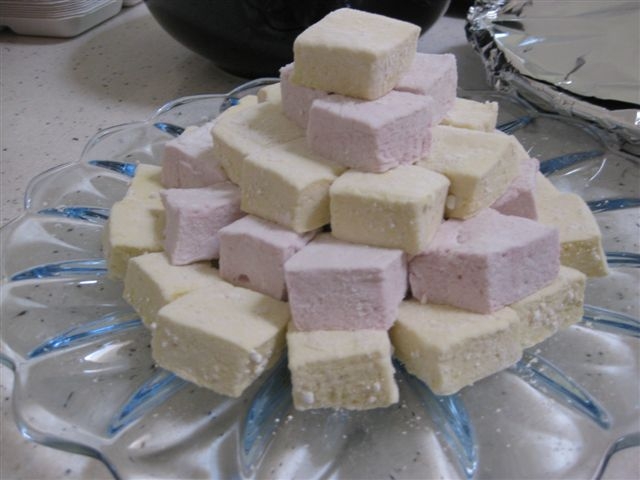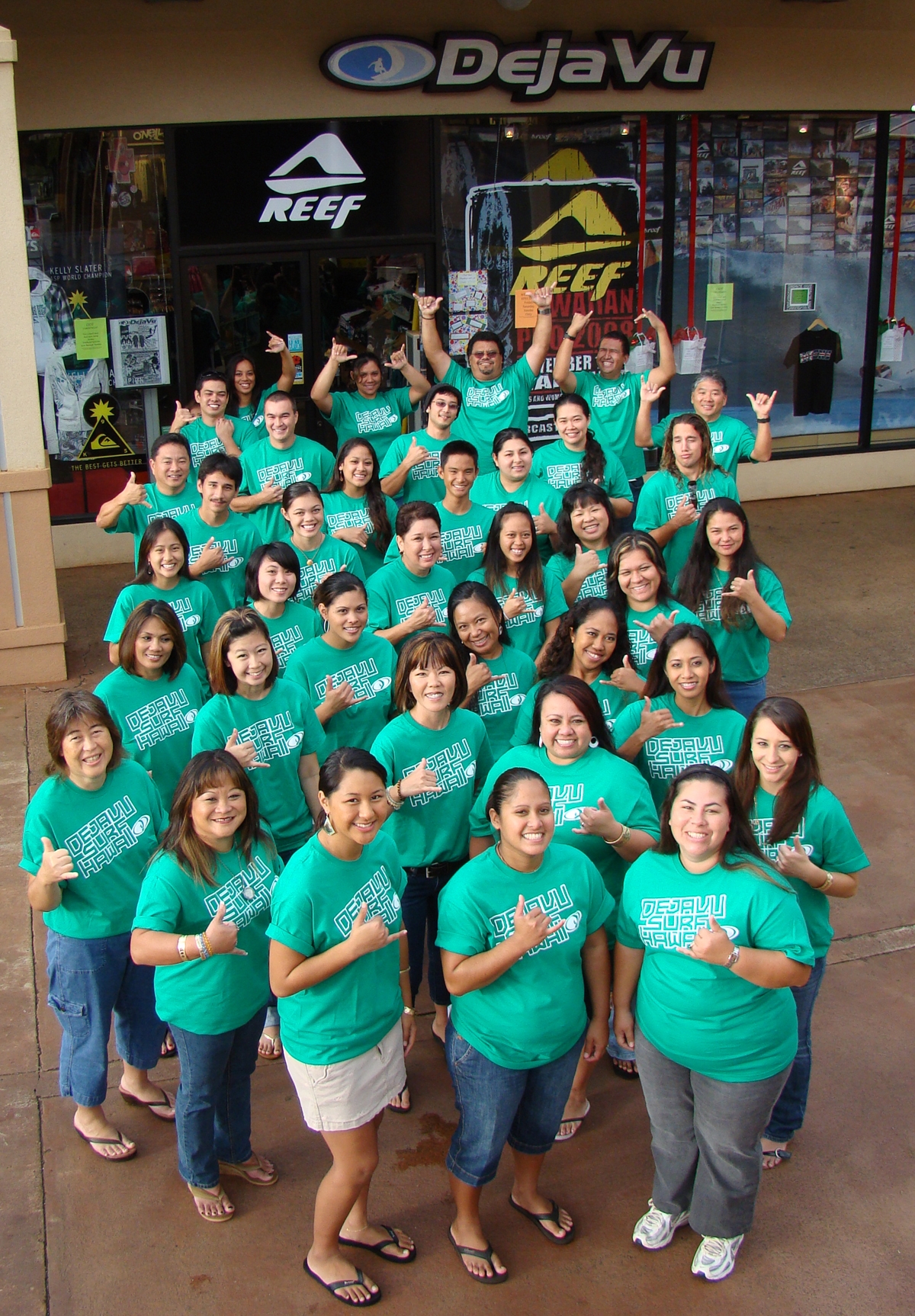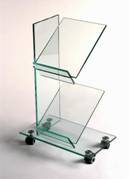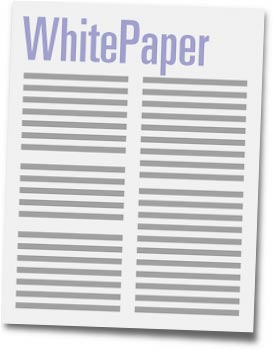How to Use Your Fact Sheet as a Springboard
Our How to Write a Fact Sheet post is one of our most widely read tips, so we wanted to give you some information on how to use your fact sheet as a springboard to create your other company communications.
04 May, 2009
/ 1 Comment










